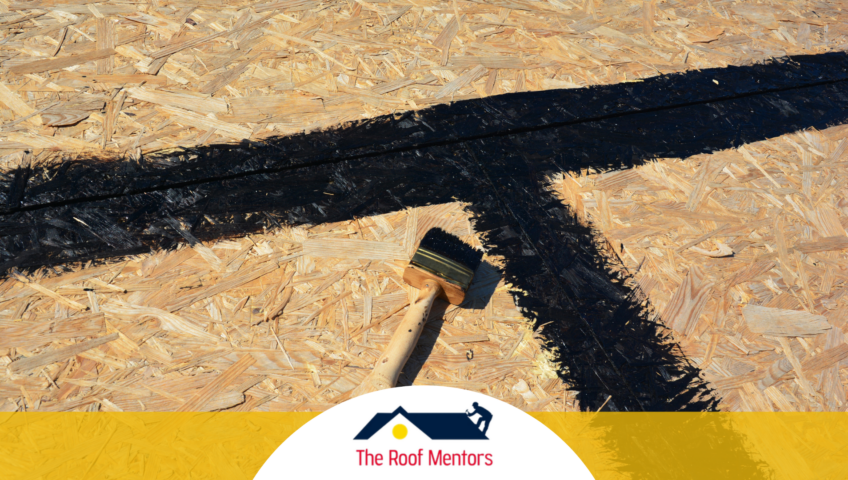In this article we’ve prepared useful information for homeowners who’d like to familiarize themselves with roof decking materials.
Apart from that, we’ll tell you exactly when it’s essential to replace your roof decking.
But first, let’s start with the definition so that you know precisely what we’re referring to in this article.
What is Roof Decking?
Roof decking, or roof sheathing, is a layer of wooden boards attached to the trusses and rafters of a roof. As defined by HomeGuide, “decking” is the base on which shingles or some other roofing material lie on, providing support and even weight distribution for the entire roof.
Roof decking plays a crucial role in the construction of a building’s roof.
Contractors and homeowners can make wiser decisions when it comes to roof construction and maintenance if they are aware of the importance of roof decking and its varieties.
Which Roof Decking Material to Choose
Which roof decking material you choose can vary depending on factors such as your area’s climate and building codes, along with budget and design preferences.
Commonly used materials for roof decking include plywood, oriented strand board (or, widely known by its initials, OSB), concrete, and metal.
Additionally, well-installed roof decking can enhance energy efficiency, improve insulation, and contribute to the overall structural strength of the building.
Choosing the right roofing material for the covering will help build a solid structure for your roof, helping prevent issues such as sagging, buckling, and moisture damage
We’re not going to go into detail on the features of each roof decking material, but we’ll say that plywood roof decking is better if your roof is regularly exposed to a lot of moisture.
Plywood roof decking absorbs moisture quicker than OSB and, if wet, will return to its almost exact shape when dry.
When to Replace the Roof Decking
Let’s presume you’ve decided in favor of plywood roof decking.
The lifespan of a roofing deck is usually 20 to 30 years.
When’s the time to consider a roofing deck replacement?
If you spot:
- wood that is spongy and flaky
- frequent roof leaks
- a sagging roof or ceiling
- moisture or stains on the ceilings, walls, or rafters
or if you sense:
- a strong mildew smell,
then it may be time to think about replacing your plywood roof decking.
Roof decking rots after exposure to moisture, which may reach the decking because of damaged flashing, old shingles, blocked gutters and drains, or humidity in the attic.
If your home is located in the region of Hope Mills, NC, then it’s very likely that you’ll have to count on heavy rainfalls during the year.
It’s precisely the rain that will mostly influence you when making a decision about what roofing deck material to choose in the end.
According to Weather-us.com, there are 160.2 rainfall days, and 31.73″ of precipitation is accumulated in Hope Mills, North Carolina.
It’s also very useful to know that homeowners insurance may cover decking damaged by an accident or natural disaster.
Check your policy for specifics. Some insurance policies do not cover code upgrades, which means ⅜” thick roof decking may not qualify for reimbursement if the city code requires ⅝” roof decking.
Your Certified, Insured and Friendly Roofer – The Roof Mentors
The Roof Mentors offer unmatched residential roofing services in the following North Carolina cities:
- Fayetteville,
- Raeford,
- Dunn,
- and Winstom-Salem.
With an array of roofing materials to choose from, you can work with our experts to craft the roof of your dreams.
Schedule your first free consultation via our 24/7 call center today. We’re more than ready to answer any of your questions and provide a free estimate!
We can assist you with storm damage or emergency roof repairs, too.


